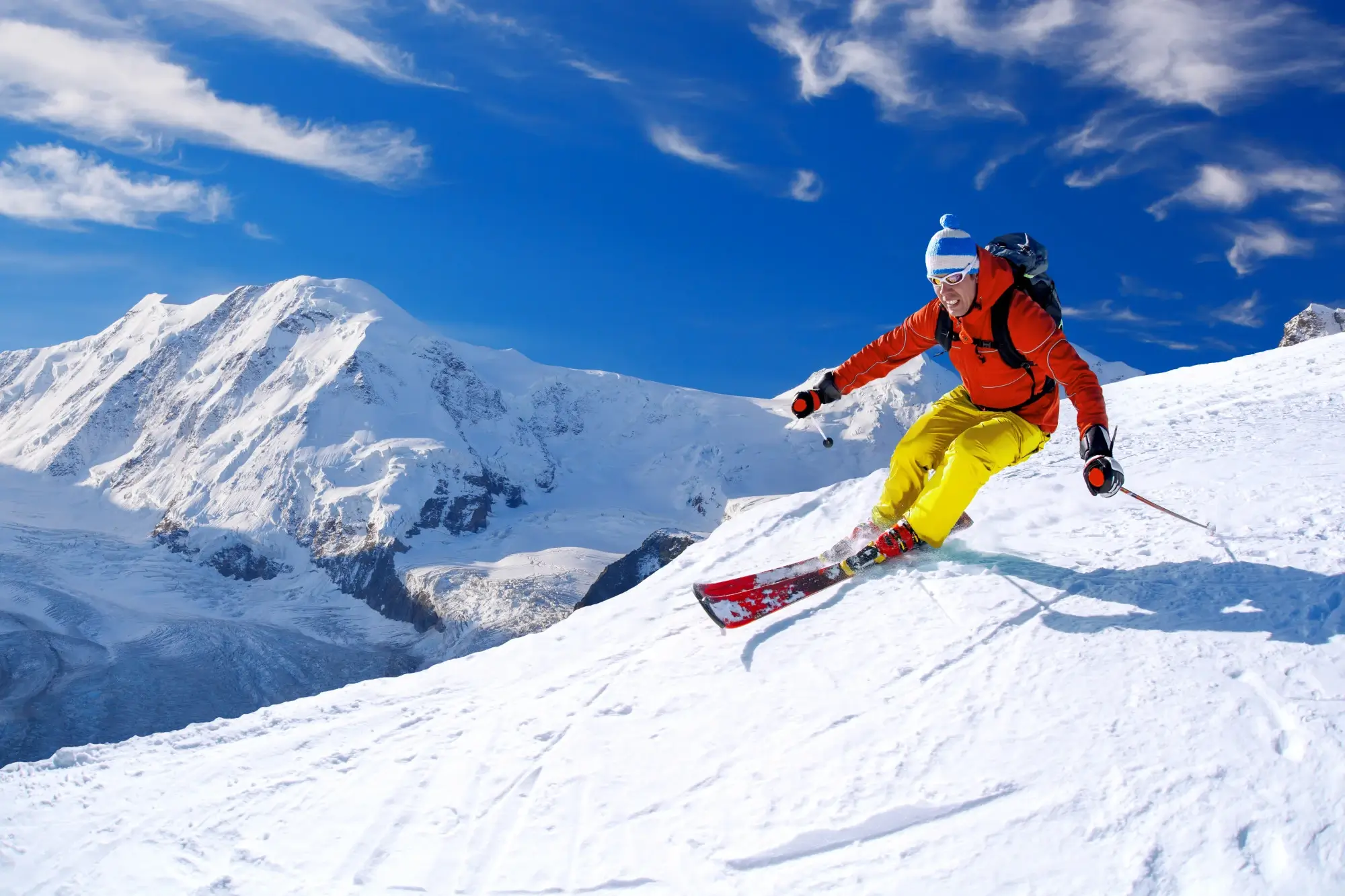Ready to Shred?: A Beginner’s Guide to the Different Types of Snowboards

Did you know that the global market for snowboard equipment was worth USD 310 million in 2023?
Snowboarding is an exciting way to have fun with friends or visit the mountains. However, there is a considerable learning curve if you’re new to snowboarding.
You need the right equipment and understanding to have a great time snowboarding. We have created a short guide to the different types of snowboards.
Split Boards
Split boards are intermediate to advanced snowboards designed to split in two and be used as a pair of skis when going uphill. They are great for freeriding and backcountry touring. The rear part of the divided board is slightly shorter than the front allowing the rider to maneuver on steep terrain.
Besides being able to tackle any terrain, split boards offer significant advantages in terms of compactness. They provide a great way to store and travel with shorter snowboards. They come with a binding system that transitions from a snowboard setup to ski mode in seconds.
Powder Snowboard
A powder snowboard is a perfect beginner for tackling deeper, softer snow, such as the irresistibly fluffy powder. Powder boards are designed for optimal floating and staying afloat in deeper snow with minimum effort. This allows you to stay on top and enjoy the ride. These boards are usually broader and more directional in shape. It boasts a more extended, stiffer tail that helps you power through the snow to speed up or slow down. Look for boards with a shorter length of about your height. Use rocker or camber technology to carve in even the deepest powder. Lastly, when it comes to your bindings, prioritize fit and comfort when choosing the right pair.
Racing/Alpine Snowboards
They have a long, thin nose for slicing through tight turns and a stiff, flat tail for pop and hold when carving. They also feature a narrower width with directional sidecut technology. Making them most suitable for carving on groomed runs.
In addition to a race-inspired design, Racing/Alpine snowboards also feature more durable construction. This provides an exceptional grip and protection when hitting the courses at high speeds.
As a beginner, it’s essential to understand the differences between freestyle and Racing/Alpine boards. Racing/Alpine boards are much longer and thinner than freestyle boards and usually feature metal edges for maximum turning power.
A racing board typically has a slightly stiffer flex, a sintered base for maximum speed, and bindings. It was designed to give the riders maximum control on the slopes. Knowing these key differences makes one confident in selecting the right snowboard for their chosen purpose.
Freestyle Boards
Freestyle boards are the most versatile snowboards and are ideal for beginner riders. They feature a directional twin shape with a symmetrical sidecut, flex, profile, and an actual twin flex pattern. Freestyle boards are designed to be light and flexible, offering riders a responsive feeling when performing tricks and riding over obstacles.
They are often used in the terrain park or powder, where a rider’s agility is critical to a successful session. Freestyle boards have large sidecuts for a stable ride and are best used with soft bindings for a more comfortable ride when spinning, flipping, and pressing.
Also, freestyle boards often have softer noses and tails, making popping off jumps, rails, and boxes easier. A freestyle snowboard offers excellent maneuverability and the response needed to become a better rider.
Freeride Boards
Freeride boards provide all-mountain versatility. They are great for deep snow conditions and powder runs. Freeride boards are typically stiffer than others and best for intermediate to advanced riders.
Freeride boards have some of the best versatility of all types of snowboard. They generally feature a directional shape tailored for riding down the hills. It is a medium-stiff flex for the aggressive carving of groomers or floating through powder.
They’re also usually more comprehensive than other boards to provide more excellent float. It is a perfect choice if you’re looking for an all-mountain freeride board.
If you want to learn how to use snowboards, click for snowboard rental packages. Renting different types of snowboards can give you a much cheaper and easier way to try out their different features. It can make it easier to choose one you can be more comfortable with.
All Mountain Boards
All mountain boards are the perfect snowboard for riders ready to progress their skill level and shred anything from park to backcountry. All mountain boards offer a freeride board’s stability and freestyle board’s flexibility. It gives riders the ultimate blend of agility, power, and control.
All mountain boards typically feature directional shape, medium-stiff flex, and traditional camber profiles. It allows riders to cruise over groomed trails and fresh powder and hit kickers with precision.
The panels are slightly stiffer from the center to the tip and tail but feature a softer flex near the middle for better carving. The edges are usually serrated for better grip and slightly lifted for better edge hold on icy or hard-packed snow. All mountain boards typically use camber/ rocker or a combination of both for their shape to provide the best combination of edge grip, float, and pop.
With a large variety of board sizes and shapes, all-mountain boards are designed to fit the weight and size of the rider, as well as the type of riding they’ll be doing. Additionally, all-mountain panels offer riders the freedom to tackle any terrain they desire and push the limits of their abilities.
Understanding the Different Types of Snowboards
In conclusion, snowboarding is an exciting and challenging sport for new and experienced riders. If you’re eager to hit the slopes, practice suitable safety protocols, and get ready to shred! With different types of snowboards available, riders can feel confident in the best choice for their experience and preference.
To learn more helpful tips, be sure to visit our blog today!
